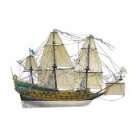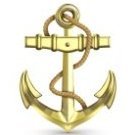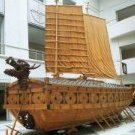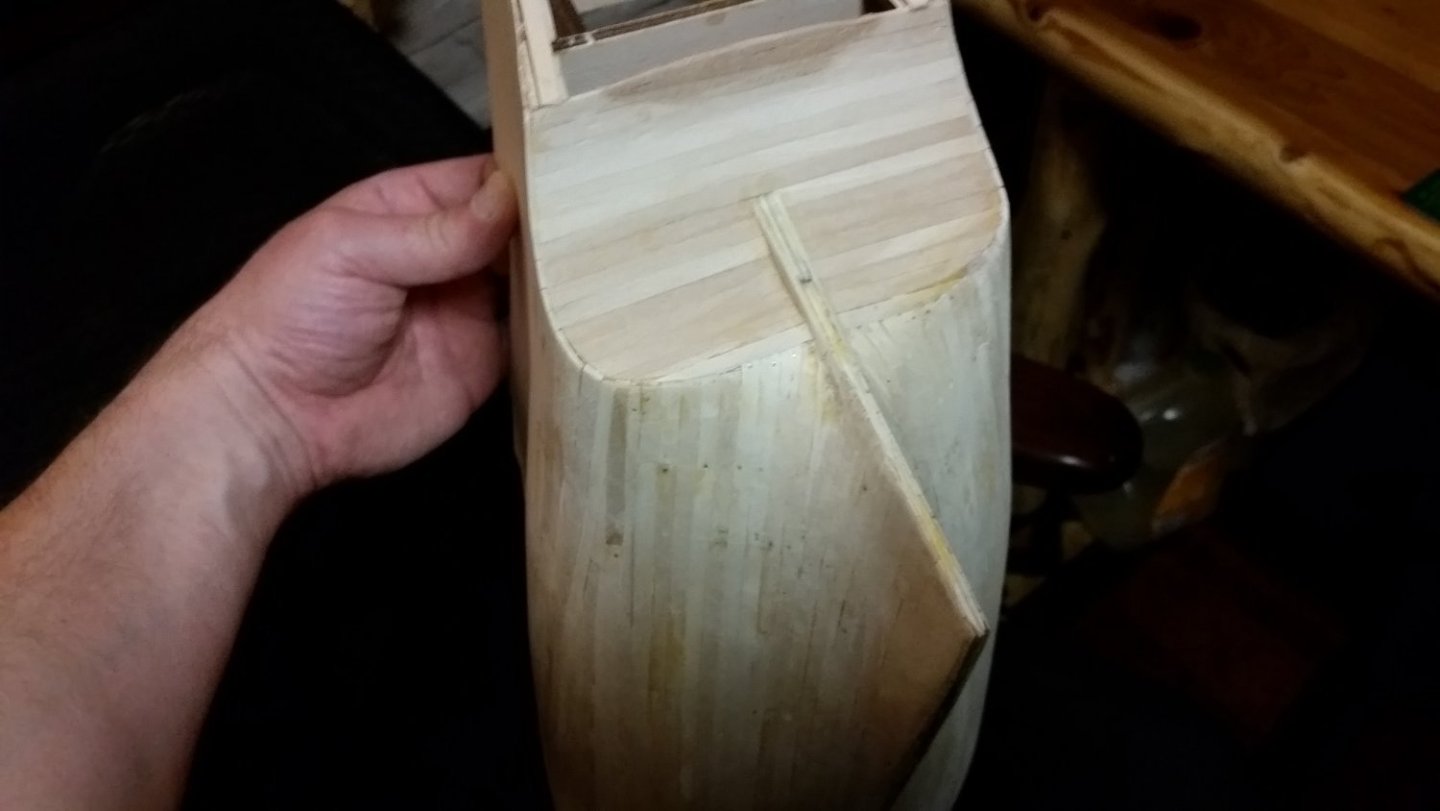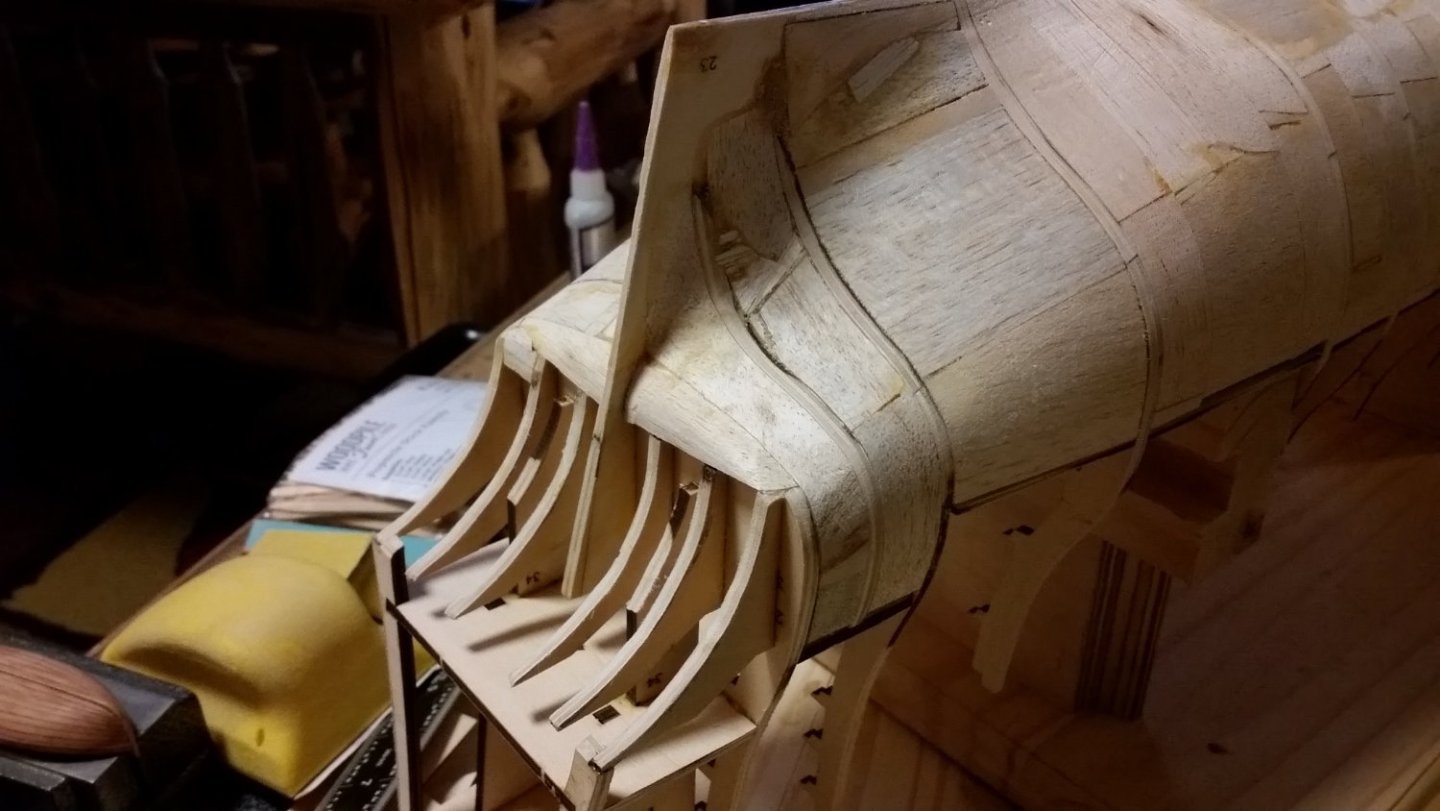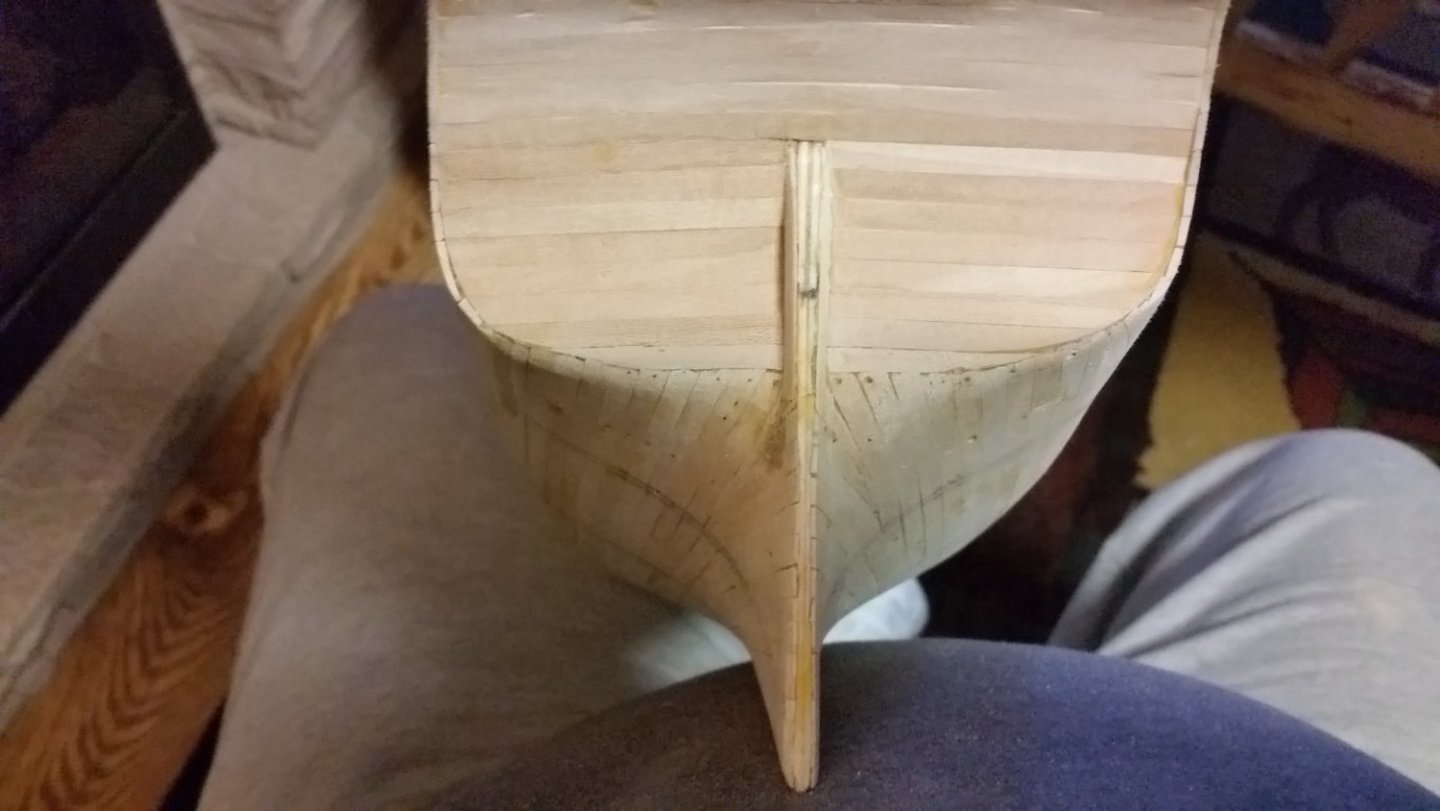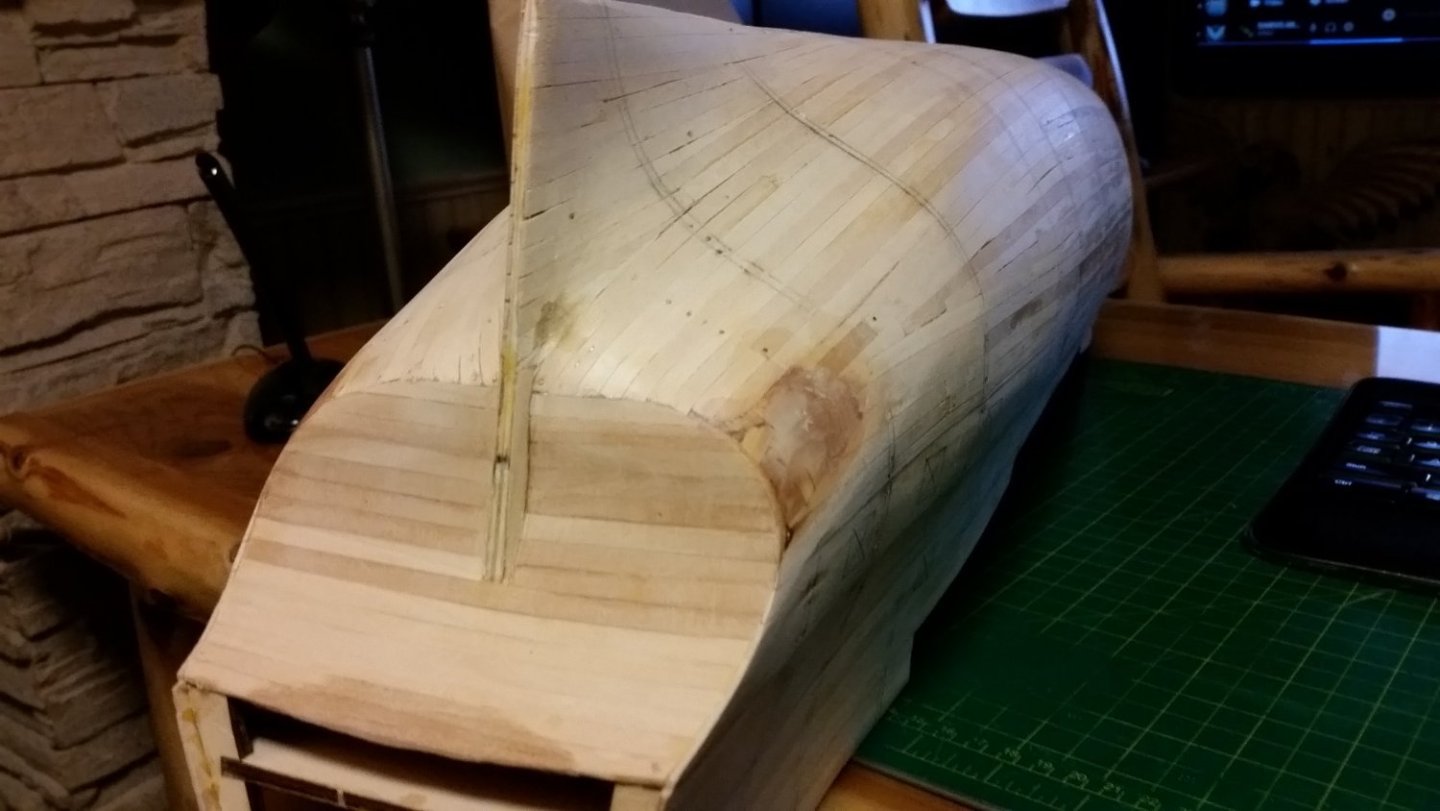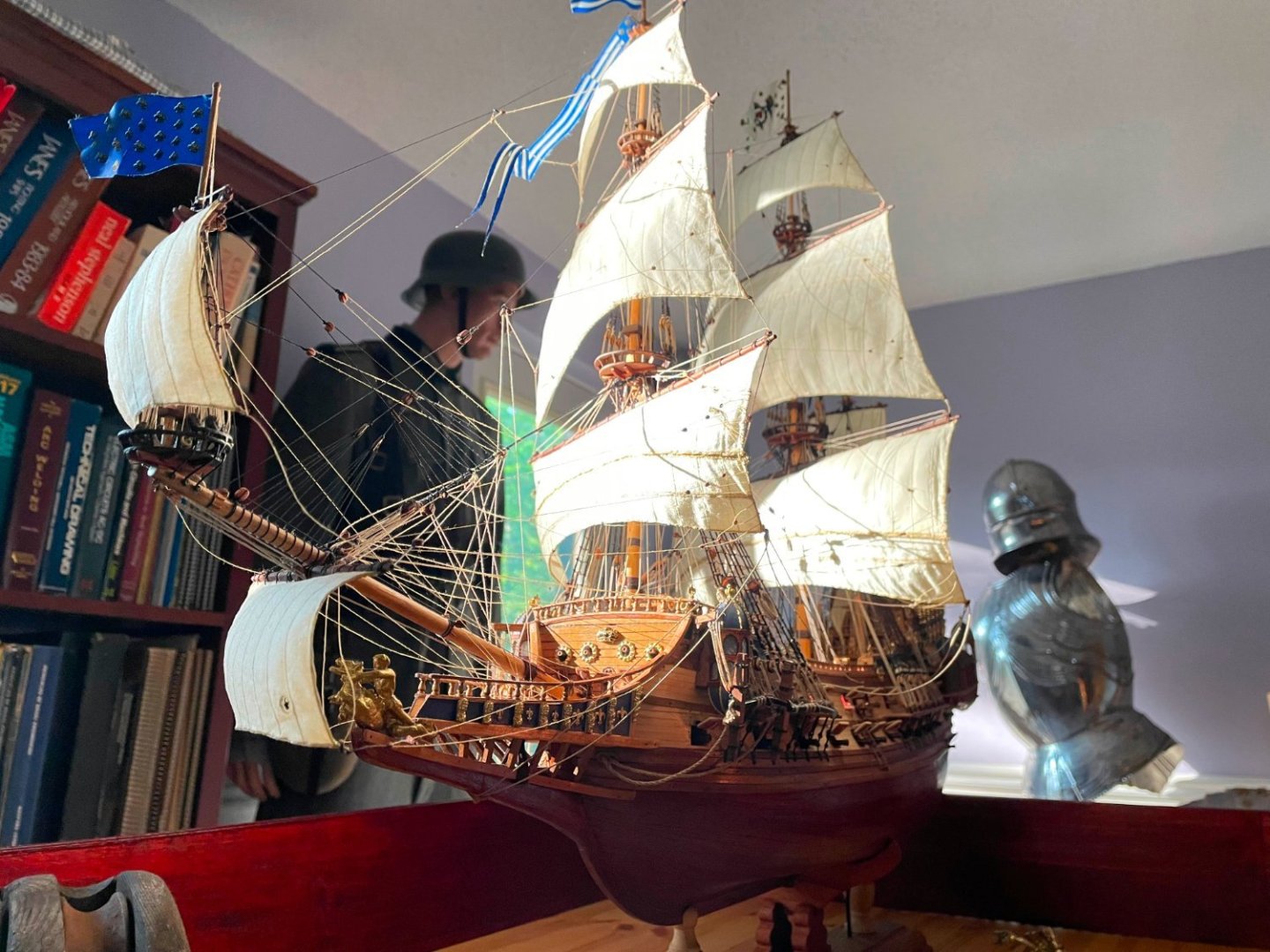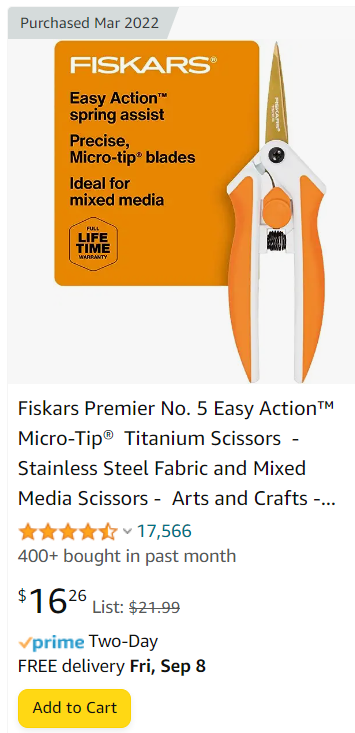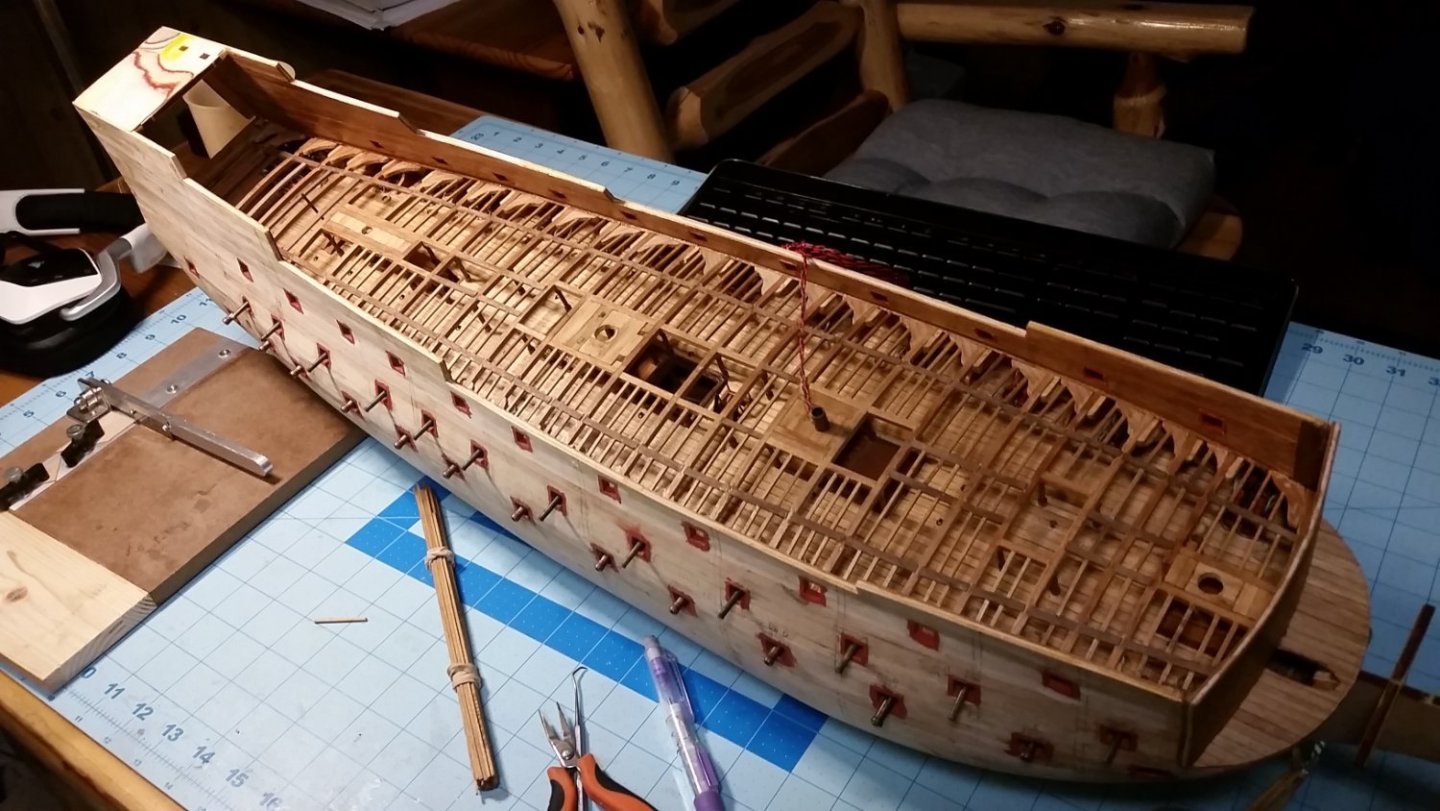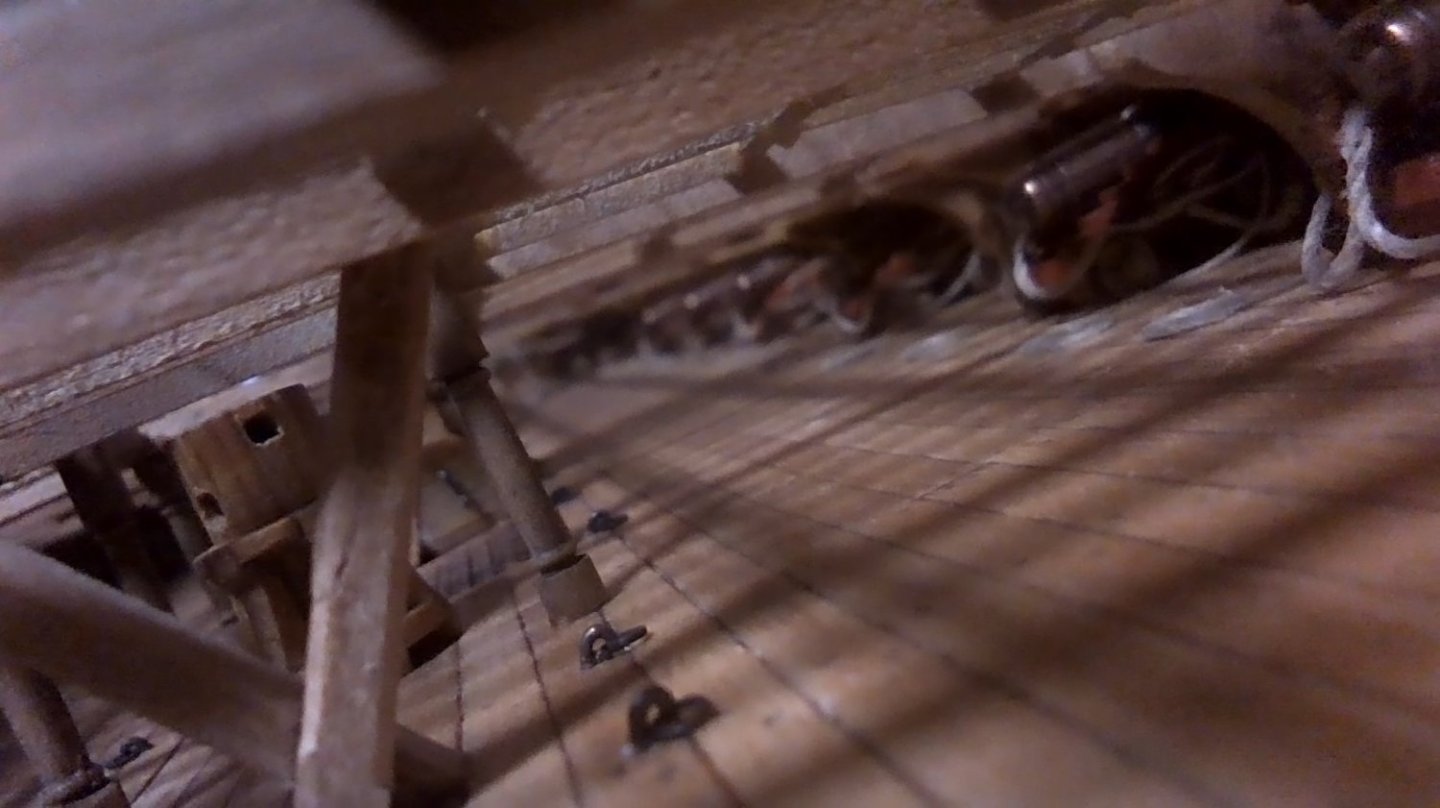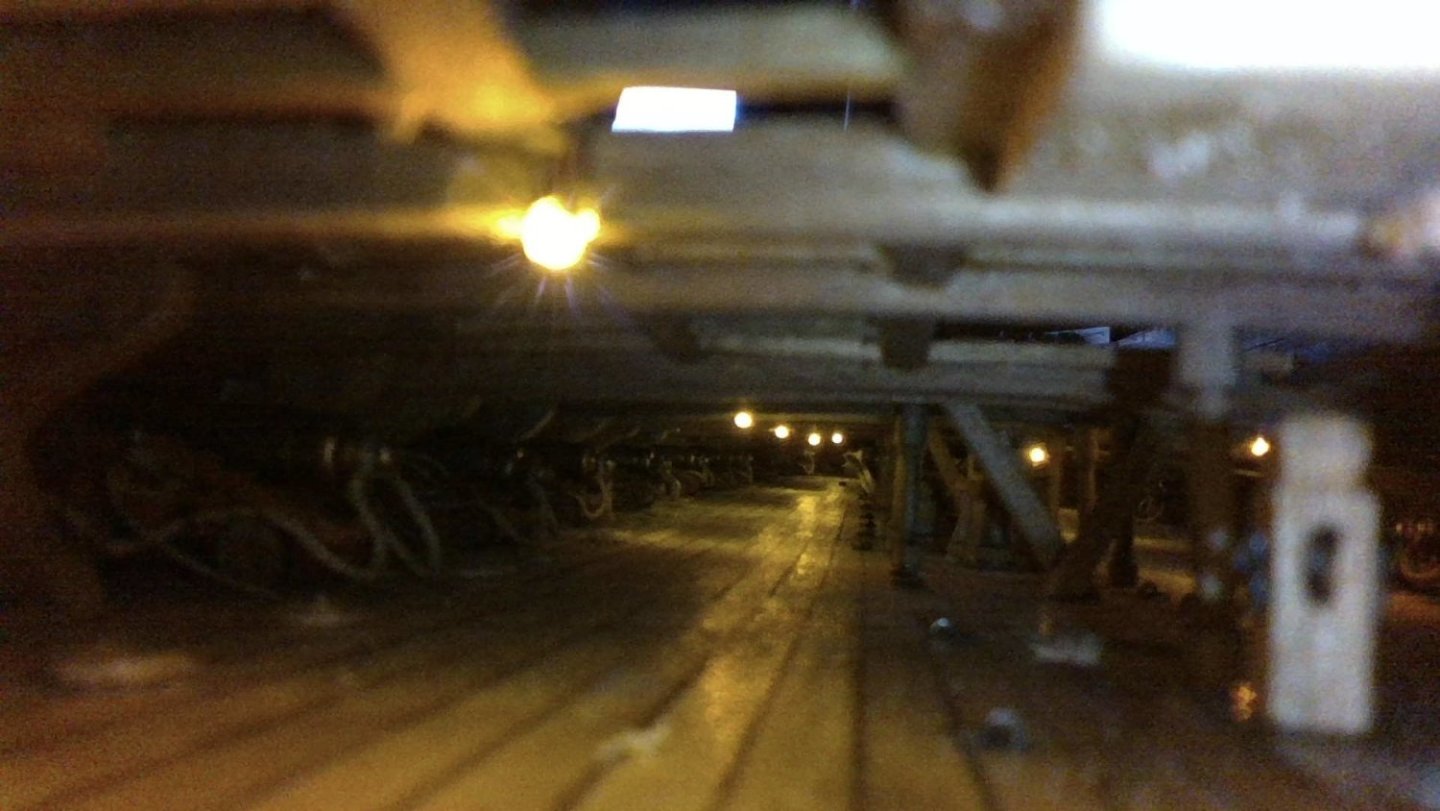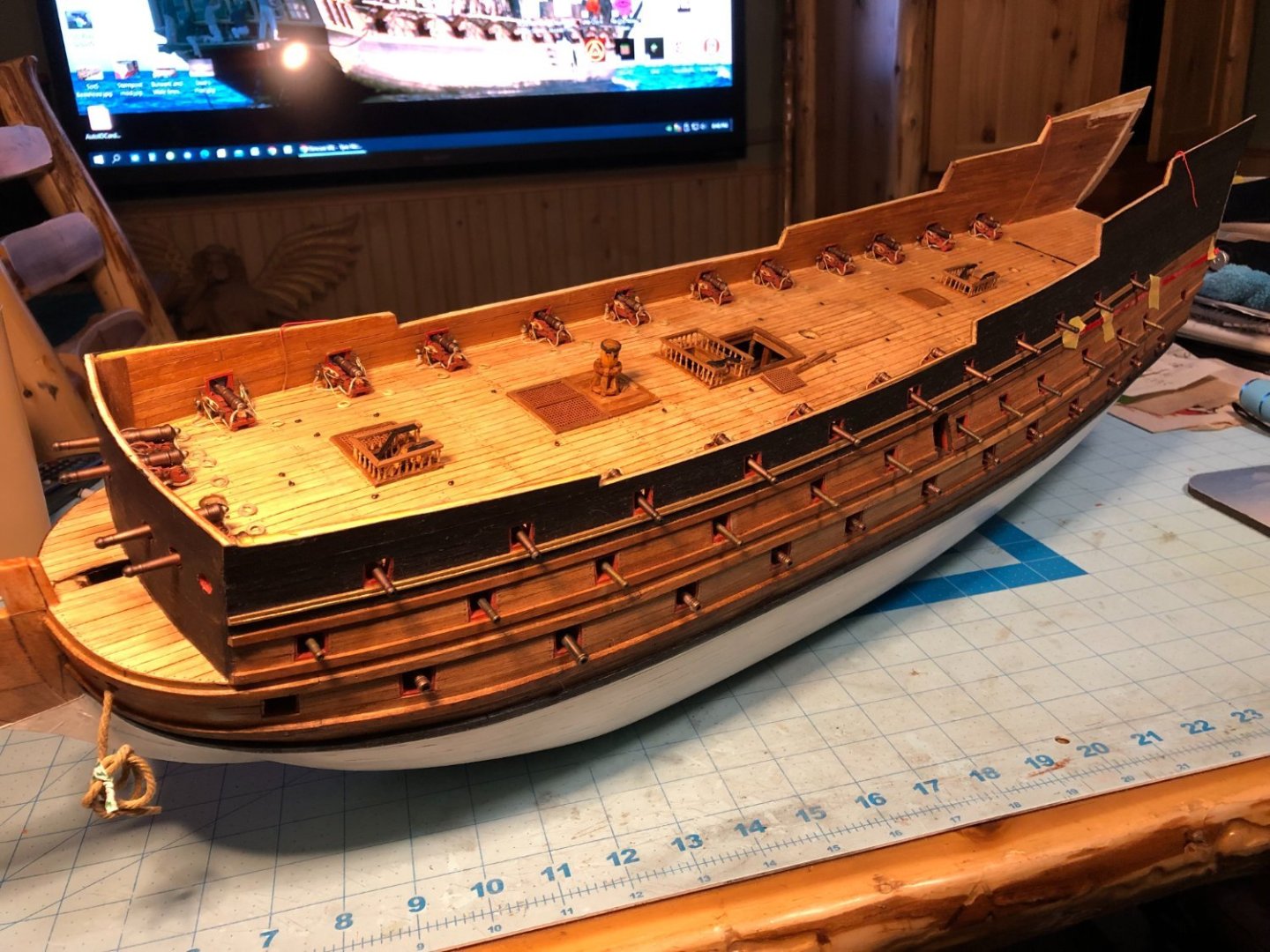-
Posts
64 -
Joined
-
Last visited
-
 DARIVS ARCHITECTVS reacted to a post in a topic:
Making an 1.00mm block
DARIVS ARCHITECTVS reacted to a post in a topic:
Making an 1.00mm block
-
 DARIVS ARCHITECTVS reacted to a post in a topic:
HMS Victory by Yabuhebi (Chris) - Caldercraft - 1:72
DARIVS ARCHITECTVS reacted to a post in a topic:
HMS Victory by Yabuhebi (Chris) - Caldercraft - 1:72
-
 DARIVS ARCHITECTVS reacted to a post in a topic:
Some beginners questions on deck planking
DARIVS ARCHITECTVS reacted to a post in a topic:
Some beginners questions on deck planking
-
 DARIVS ARCHITECTVS reacted to a post in a topic:
Some beginners questions on deck planking
DARIVS ARCHITECTVS reacted to a post in a topic:
Some beginners questions on deck planking
-
 DARIVS ARCHITECTVS reacted to a post in a topic:
Some beginners questions on deck planking
DARIVS ARCHITECTVS reacted to a post in a topic:
Some beginners questions on deck planking
-
 DARIVS ARCHITECTVS reacted to a post in a topic:
Some beginners questions on deck planking
DARIVS ARCHITECTVS reacted to a post in a topic:
Some beginners questions on deck planking
-
 DARIVS ARCHITECTVS reacted to a post in a topic:
Revenge 1577 by Loracs - Amati - 1:64
DARIVS ARCHITECTVS reacted to a post in a topic:
Revenge 1577 by Loracs - Amati - 1:64
-
 md1400cs reacted to a post in a topic:
Sovereign of the Seas 1637 by Cpt_Haddock - Sergal - 1:72 - modified
md1400cs reacted to a post in a topic:
Sovereign of the Seas 1637 by Cpt_Haddock - Sergal - 1:72 - modified
-
 GrandpaPhil reacted to a post in a topic:
Making sails
GrandpaPhil reacted to a post in a topic:
Making sails
-
 hamilton reacted to a post in a topic:
wrong stern configuration - is there anything I can do about this?
hamilton reacted to a post in a topic:
wrong stern configuration - is there anything I can do about this?
-
 mtaylor reacted to a post in a topic:
wrong stern configuration - is there anything I can do about this?
mtaylor reacted to a post in a topic:
wrong stern configuration - is there anything I can do about this?
-
 Thukydides reacted to a post in a topic:
wrong stern configuration - is there anything I can do about this?
Thukydides reacted to a post in a topic:
wrong stern configuration - is there anything I can do about this?
-
 Snug Harbor Johnny reacted to a post in a topic:
wrong stern configuration - is there anything I can do about this?
Snug Harbor Johnny reacted to a post in a topic:
wrong stern configuration - is there anything I can do about this?
-
 catopower reacted to a post in a topic:
wrong stern configuration - is there anything I can do about this?
catopower reacted to a post in a topic:
wrong stern configuration - is there anything I can do about this?
-
I have some experience changing the tuck on a shape with an incorrect shape. It you were to attack the edge of the stern with a coarse sanding block, you will soon opening up the space between ends of the planks and the last frame. I had a similar problem with DeAgostini's HMS Sovereign of the Seas. Luckily for me, I had filled the spaces between frames with balsa blocks, so when I sanded the corners off the stern, the plank ends still were attached to the balsa block and were not floating in free space. All that was necessary was to use some filler to smooth out the modified area, and the filler provided good purchase area for attaching the final planking. In your case, after you sand away the corners, you will have to insert some blocks of balsa, gluing them to whatever internal surface presents itself (forward face of the last frame, internal surface of the planks, etc.). Then you can shape the blocks to the desired profile, and add filler to smooth the shape. Even if the hole you sand open becomes large, you can use blocks of balsa, sticks or blocks of a soft wood such as basswood, and reshape the entire stern without worry. You're going to cover it with finishing planks, so it doesn't matter where the seams of the wood underneath are. You just need the structure underneath to be sound and have some strength. It doesn't have to look pretty. Such is the advantage of a dual planked hull. I am of a mind that, if you leave a feature in your model that you know is not the best, you will ALWAYS be bothered by it, even years after the model is done. Take the time to make things right as you see them, and you won't have any disappointments of your own making. Balsa fill is a lot of extra work, but after shaping and sanding to match the frames, it guarantees a smooth overall hull shape without visible sharp bends at frames and flat spots. Stern before modification, demi-round tuck, and far too wide. Sanding the corners round exposed plank ends, and balsa underneath. At least the balsa is a strong foundation for the final planking. The shape after final planking. After painting the bottom with white stuff.
-
The main problem I have with paper sails is that they they bend easily in only one axis, and have almost no belly, which is essential for models of the early 17th century. Cloth sails can be stretched in two directions, and held in shape with starch. The course grain of cloth can be overlooked, but improper or unrealistic shape can not.
-
An excellent rigging job. Running rigging lines are not pulling the stays out of position, demonstrating true skill at setting proper line tension. BRAVO! 😀👍
- 10 replies
-
- Golden Hind
- Airfix
-
(and 1 more)
Tagged with:
-
Your Indefatigable is looking gorgeous! Great workmanship.
- 233 replies
-
- Indefatigable
- Vanguard Models
-
(and 1 more)
Tagged with:
-
Corel models are appealing to me even though they are smaller in scale, and as such don't allow you to make details as easily, but the plans are nice and the wood materials are great quality. But Corel makes more models from the the 17th century than other kit makers. The 3-D printed decorations and parts you made for the Greyhound are fantastic! They add so much tiny details which are very hard to carve at this scale. I'm trying to learn the same thing for my current model, using Aspire and Blender to make decorations and carvings, and am farther down the ladder on learning. There is such a long way to go just learning how the 3-D printer works, starting with taking it out of the box, which hasn't happened yet. Love your work!
-
My compliments to Majq for making such a clean and elegant model of La Couronne as designed by Vincenzo Lusci by way of the Mantua kit. Splendid work! Rraisley, if you are interested in another build of La Couronne, my build log is a heavily modified version of the Corel model for that vessel, located here: La Couronne Build I have a specific interest in early 17th century men of war, and am currently working on HMS Sovereign of the Seas. Let me know if you need specific help with a La Couronne build, particularly with the rigging and sails. Best wishes!
-
Thanks Ed, but this is only my second ship model. Experience in other craft hobbies translates over very well. It's 1:78 scale, unlike what DeAgostini claims as 1:84 scale. The hull got started as the DeAgostini model, then went totally wild with scratch built bashing. What's really neat is that all three interior gun decks are fully modeled and rigged! Many say it's a shame to hide all these details, but I know they're there, and I have a borescope. Each deck is fully structured like the main deck shown below. Look inside! A 1" long gun looks almost real even at this magnification when properly rigged. The gun tackles use 1.5mm boxwood blocks.
-
I'm about halfway though a mostly scratch built HMS Sovereign of the Seas, and it's a huge challenge. After it's done in about 6 years (wild guess), privateer Rattlesnake is next. I'm collecting info on the details of Rattlesnake from other Rattlesnake builders to prepare. Rattlesnake is a fine and unique ship, so different from other vessels in the fledgling US Navy.
About us
Modelshipworld - Advancing Ship Modeling through Research
SSL Secured
Your security is important for us so this Website is SSL-Secured
NRG Mailing Address
Nautical Research Guild
237 South Lincoln Street
Westmont IL, 60559-1917
Model Ship World ® and the MSW logo are Registered Trademarks, and belong to the Nautical Research Guild (United States Patent and Trademark Office: No. 6,929,264 & No. 6,929,274, registered Dec. 20, 2022)
Helpful Links
About the NRG
If you enjoy building ship models that are historically accurate as well as beautiful, then The Nautical Research Guild (NRG) is just right for you.
The Guild is a non-profit educational organization whose mission is to “Advance Ship Modeling Through Research”. We provide support to our members in their efforts to raise the quality of their model ships.
The Nautical Research Guild has published our world-renowned quarterly magazine, The Nautical Research Journal, since 1955. The pages of the Journal are full of articles by accomplished ship modelers who show you how they create those exquisite details on their models, and by maritime historians who show you the correct details to build. The Journal is available in both print and digital editions. Go to the NRG web site (www.thenrg.org) to download a complimentary digital copy of the Journal. The NRG also publishes plan sets, books and compilations of back issues of the Journal and the former Ships in Scale and Model Ship Builder magazines.


